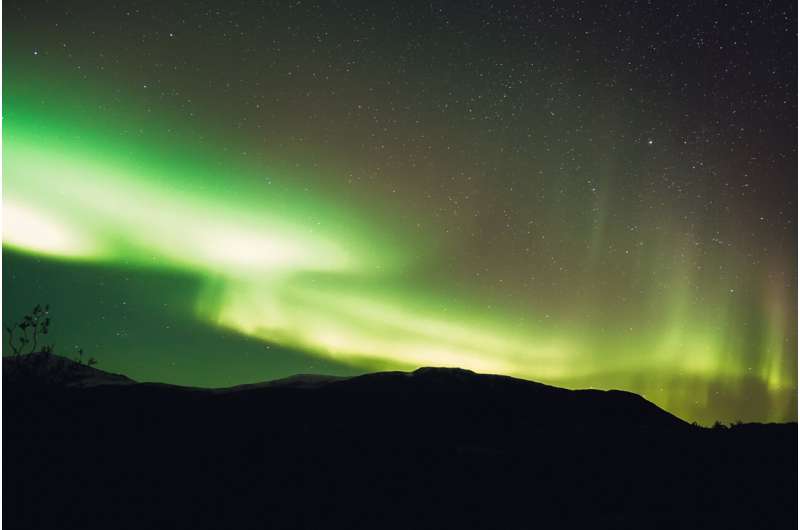Clearing the polar air on cosmic dust

By developing several innovative experimental systems, EU-funded researchers now have a better indication of how much cosmic dust enters the Earth's atmosphere and what impact it has.
Our solar system is a dust-filled place. As comets travel around their orbits and near the sun they begin to evaporate, leaving a trail of cosmic dust in their wake. These dust particles then enter the Earth's atmosphere at a very high speed – anywhere in the range of 40 000 to 260 000 kph – where they collide with air molecules. This collision then causes flash heating and a subsequent melting and evaporation of the particles.
'Sometimes this dust is visible as meteors, which is the case of dust particles greater than 2 mm,' says CODITA Project Lead John Plane. 'But most of the dust mass entering the atmosphere is so small that it can only be observed using specialised meteor radars.' More so, Plane says that even though we know the dust is there, there is little indication of how much cosmic dust enters the Earth's atmosphere – the range of estimates being between 3 and 300 tons a day – and what impact it has.
Clearing the air
The CODITA project is working to clear the air on this question. To accomplish this, the project launched two successful experimental systems to study the chemistry of the metallic molecules and ions produced from evaporating meteors. According to Plane, the first system detected the metallic molecules using a flow tube reactor, coupled to a time-of-flight mass spectrometer. The system uses pulsed laser radiation to softly ionise the metallic molecules. 'For the first time we were able to successfully study the reactions of such metallic species as metal oxides and hydroxides, which have proved undetectable by other methods,' says Plane.
The second experiment also used a flow tube, this time with a plasma source and coupled to a quadrupole mass spectrometer. 'With this system we can study the dissociative recombination of metal-containing ions with electrons, which is the main route for neutralising ions found in the upper atmosphere,' adds Plane.
A polar dust bin
These experiments – combined with an astronomical model of dust evolution in the solar system and high performance radar measurements – show that around 40 tons of cosmic dust enters Earth's atmosphere on a daily basis.
But so what? Sure, our atmosphere may look like it needs a good dusting, but what's the effect? According to the CODITA project, quite a lot: 'The metals being injected into the atmosphere from evaporating dust particles are the direct or indirect cause of an array of phenomena,' says Plane.
For example, the metals condense into very fine dust known as meteoric smoke, which plays a role in the formation of noctilucent clouds. These ice clouds occur in the polar regions at a height of 82 km during the summer months. 'The clouds first appeared in 1886, and their increasing occurrence appears to be signal of climate change in the middle atmosphere, where water vapour is increasing and temperatures are falling because of increased levels of greenhouse gas – the reverse of the lower atmosphere,' says Plane. 'Meteoric smoke also affects polar stratospheric clouds that cause depletion of the ozone layer, and the deposition of cosmic iron in the Southern Ocean provides a critical nutrient for plankton, which draw down carbon dioxide from the atmosphere.'
Now, thanks to the work done by the CODITA project, it is possible to model the effects of cosmic dust on a consistent basis and from the outer solar system all the way to the Earth's surface. But the project's scope isn't limited to Earth. To further understand the effects of cosmic dust on a planet's atmosphere, the project also explores the impacts of meteoric smoke in other solar system bodies, including high temperature chemistry on Venus, the formation of noctilucent clouds on Mars, and production of benzene on Titan.
More information: Project website: www.chem.leeds.ac.uk/john-plan … research/codita.html
Provided by CORDIS



















